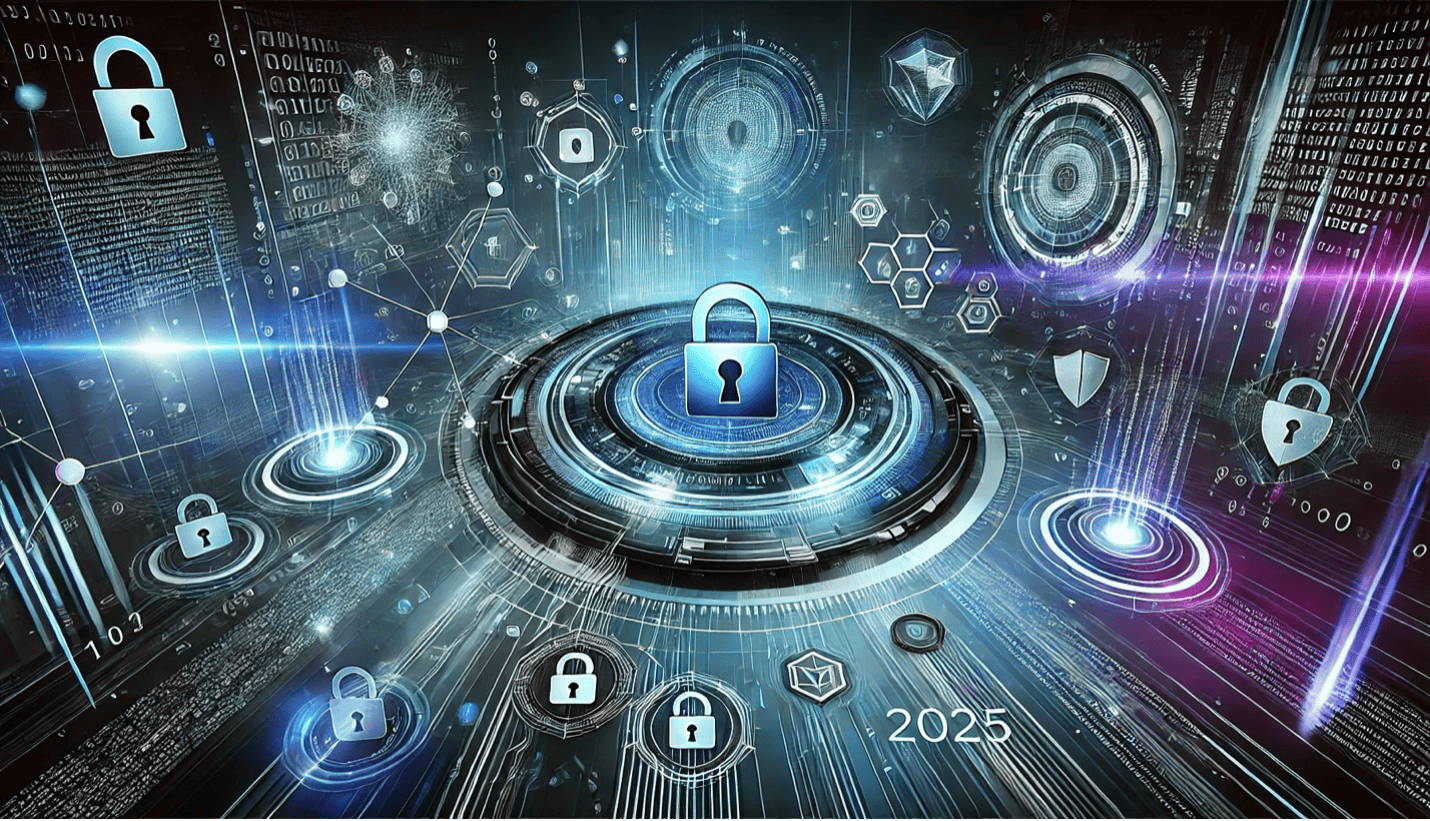
10 Strategic Cybersecurity Goals for 2025

The landscape of cybersecurity is perpetually evolving, demanding adaptability and foresight from security leaders. For 2025, CISOs and their teams are advised to adopt a strategic approach that not only tackles immediate threats but also prepares for future challenges. Here are ten actionable resolutions that cybersecurity professionals should consider to enhance their organizational defenses:
- Evaluating AI's Role in Cybersecurity: Deliberate on how artificial intelligence (AI) can be integrated into your cybersecurity measures. While AI can significantly automate and enhance threat detection, it also presents new attack vectors that malicious actors can exploit. Weigh the benefits against potential security vulnerabilities that AI may introduce into your system.
- Skill Enhancement in AI Technologies: Invest in training programs for your team focused on AI and machine learning. Understanding these technologies can help in effectively deploying AI-driven security solutions, which are adept at identifying and neutralizing sophisticated cyber threats more efficiently than traditional methods.
- Strengthening Identity Security: As cyber attacks become more sophisticated, emphasizing identity-centric security measures becomes crucial. Implement robust identity and access management systems that use multi-factor authentication and behavioral analytics to detect anomalies in user activities, thereby preventing unauthorized access.
- Securing Machine-to-Machine Communications: Ensure all APIs and system interfaces are secured against vulnerabilities that could be exploited in cyber attacks. Regular audits and updates to API security policies can protect against data breaches originating from automated interactions.
- Proportional Investment in Cybersecurity: Align your cybersecurity spending with the level of risk your organization faces. This involves conducting regular risk assessments and allocating resources to areas with the highest exposure to potential threats.
- Adoption of Cyber Liability Insurance: In light of increasing regulatory and legal requirements, CISOs should consider cyber liability insurance to mitigate risks of personal and organizational liability in the event of a cyber incident.
- Staying Updated with Cybersecurity Laws: Keep abreast of new cybersecurity legislation and regulatory changes that could affect your organization. This understanding will aid in maintaining compliance and avoiding legal repercussions.
- Educational Outreach to Executives: Conduct regular training sessions with executives and board members about the latest cyber threats and the importance of cybersecurity measures. This will ensure they are informed and supportive of necessary security investments and initiatives.
- Translating Cyber Risks into Business Impact: Develop clear communication strategies that convey the potential business impacts of cyber threats to stakeholders. This involves demonstrating how cybersecurity supports business continuity and growth.
- Fostering Interdepartmental Collaboration: Promote collaboration between the cybersecurity team and other departments such as IT, legal, and human resources. This can help integrate comprehensive security practices across the organization and improve the overall security posture.
By focusing on these resolutions, cybersecurity leaders can better prepare their organizations to face the complexities of the modern threat environment, ensuring resilience and safeguarding vital assets. As we move deeper into the digital age, the role of cybersecurity as a strategic business enabler will only continue to grow in importance.

Dan Singer | CEO
Seasoned executive with over 20 years of tech industry leadership, distinguishing himself through strategic roles across cybersecurity, system integration and broad-spectrum consultation.
The force multiplier for security teams.
Welcome to the new age of predictive cybersecurity.
Leverage the power of AI to discover and prioritize cybersecurity risks, vulnerabilities and misconfigurations across your entire environment

